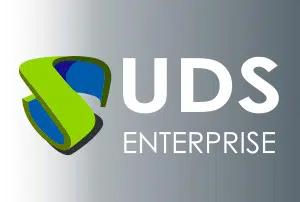As for the network architecture, Cloud Hypervisor 0.3 now incorporates a back-end vhost-user-net based on TAP and implemented in Rust. The idea is that this new architecture, together with vhost-user-net, are the paravirtualized network architectures that come by default in future versions of the hypervisor.
To improve and provide greater security in communications between host and guest, a hybrid implementation of the VSOCK socket address family over virtio has been added. An HTTP-based API has also been included, which will allow guests to execute asynchronous operations.
With the idea of enabling the use of the hypervisor without PCI, Cloud Hypervisor now supports the MMIO virtio transport layer. From this tide, simple and minimal guest configurations can be made.
In addition, support for paravirtualized IOMMU devices through virtio has been added. This improves the support of nested guests, increasing the security of the environment and enabling the support of directly assigned devices.
Finally, now you can * use Ubuntu 19.10 cloud images (Eoan Ermine) and guests with memory greater than 64GB**.
The Cloud Hypervisor project is developed in Rust language and focuses on * running exclusively modern workloads in the cloud**, in addition to a limited set of architectures and hardware platforms.
For more information and downloads, visit the project page at GitHub.







0 Comments